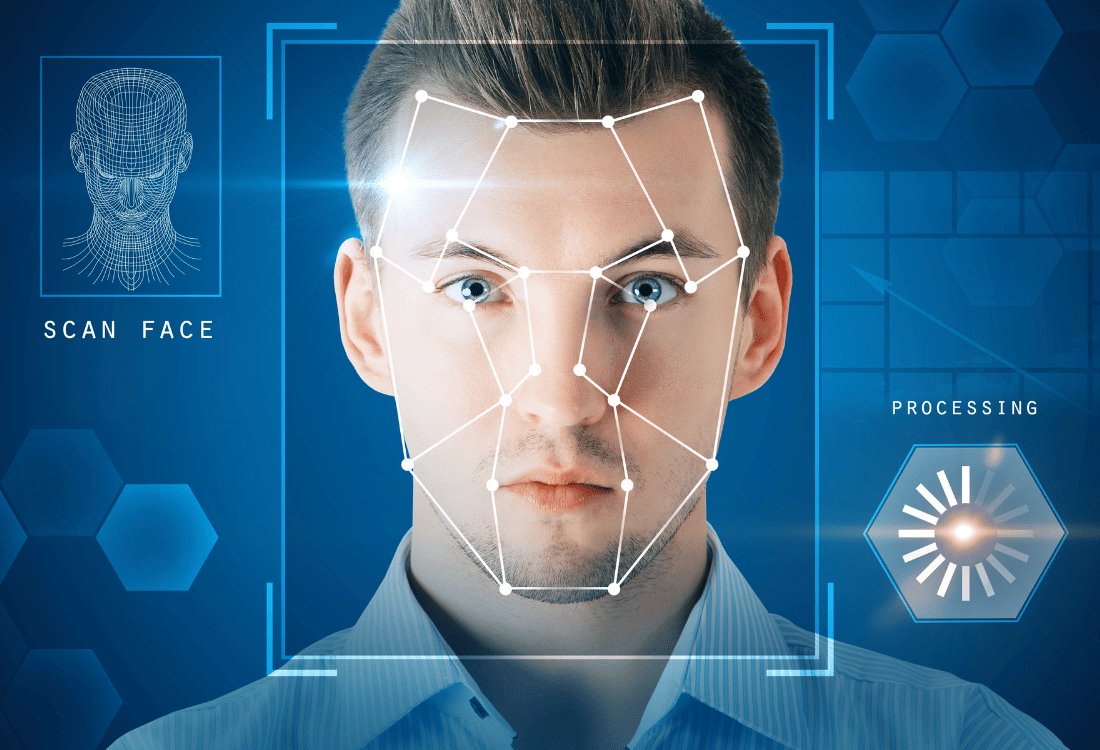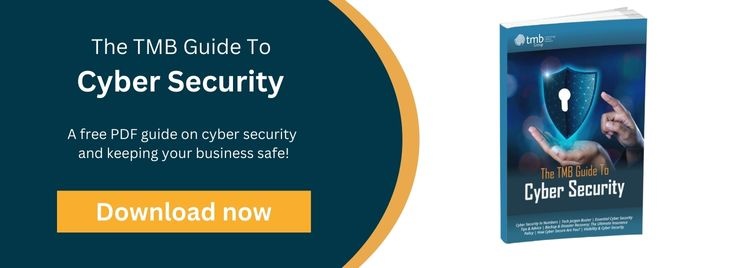Future Trends in Authentication: What To Expect In The Coming Years
- Alexa Davis
- April 24, 2024
- 12:30 PM
- No Comments
Strong authentication is crucial for business security. Requiring employees to use multi-factor authentication adds a critical layer of protection beyond passwords which are often weak and easily compromised. Authentication verifies users’ identities and prevents unauthorised access to sensitive company data and systems, thereby significantly reducing the risk of data theft or loss. Proper user authentication protocols are essential, therefore, to safeguard assets and ensure only validated employees can access confidential information, networks, and resources.
However, as cybercriminals devise increasingly innovative ways to circumvent businesses’ safety nets, advances in security are vital to ensure companies remain resilient to threats. So, what are the future cybersecurity trends that you can expect to become mainstream, particularly in the area of user authentication?
An Evolving Security Landscape
In the post-pandemic era, with a significant shift towards hybrid and remote working models, companies are increasingly dependent on additional security measures, such as two-factor authentication. This need arises from the requirement to provide remote access to data that was traditionally accessible only on office desktops. Enhanced authentication methods ensure that only the right individuals have access to sensitive company data, thereby safeguarding against potential breaches.
However, the landscape of website authentication is poised for a significant shift in coming years, moving towards more complex and secure methods. Emerging technologies, such as palm prints, voice recognition, and behavioural biometrics, are at the forefront of change and will revolutionise the way workers verify their identities online.
Personalising User Access Credentials
Biometric techniques offer a robust defence against cyber attackers. Traditional authentication methods, such as passwords, are vulnerable to breaches, particularly when employees fail to understand how to create strong passwords. Biometrics, however, will provide a more personalised form of authentication that is virtually impossible to replicate. For instance, the unique patterns of a palm print or the nuances of a user’s voice will make it incredibly difficult for cybercriminals to gain unauthorised access. A shift towards biometrics is expected to make logging into accounts not only more secure but also faster and more seamless, eliminating the need to remember and enter complex combinations of letters, numbers, and symbols.
Providing Ongoing Protection With Continuous Authentication
Continuous authentication is another development that will redefine the way users access computer networks and devices. This method provides ongoing verification of a user's identity, offering a dynamic, real-time approach to cybersecurity. Continuous authentication monitors various parameters, such as typing patterns, mouse movements, and even the way a device is held to constantly confirm the user's identity. Instead of checking a user’s identity at the moment they log in, continuous authentication will continually protect against unauthorised access throughout the user's interaction with the system.
Find Out More About The Future Of Authentication
For more information about how to protect your business from cyberthreats, please download the TMB Guide to Cyber Security for free, or call us on 0330 912 7998 today.
Image Source: Canva



